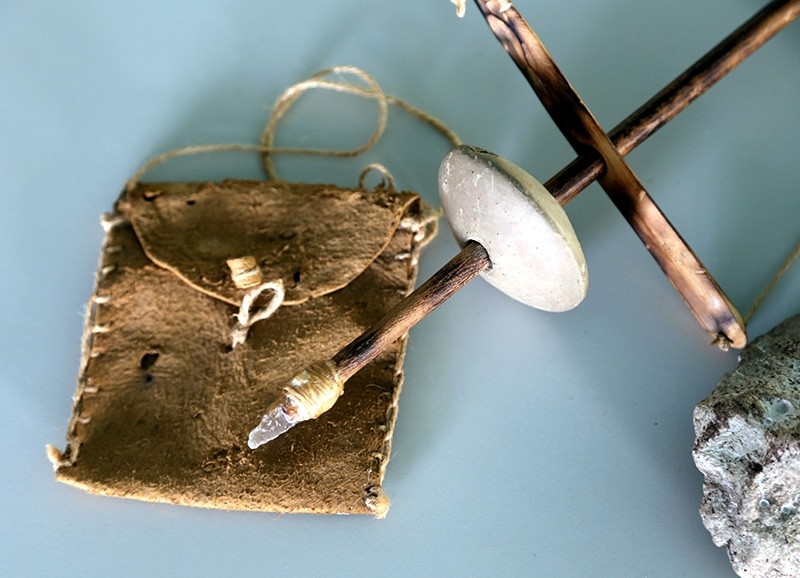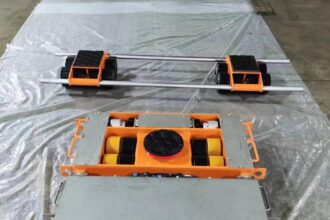Drill bits might seem like simple tools, but their journey through history tells a fascinating story of innovation and necessity. From ancient civilizations using rudimentary versions to today’s high-tech designs, drill bits have evolved remarkably over the centuries. Understanding the drill bit definition history not only gives us insight into how these essential tools came to be but also sheds light on their diverse applications in various industries today. Join us as we explore this captivating evolution, uncovering how different types and materials have shaped our drilling experiences throughout time.
Evolution of Drill Bits: From Ancient Times to Modern Day
Drill bits have a rich history that dates back to ancient civilizations. Early humans crafted simple wooden or stone tools, using them for basic drilling purposes. These rudimentary devices served their needs but lacked efficiency.
As societies advanced, so did the technology behind drill bits. The Egyptians utilized copper and bronze in their designs around 3000 BC, improving durability and functionality. This innovation laid the groundwork for more sophisticated tools.
During the Middle Ages, advancements continued with iron drill bits emerging in Europe. Craftsmen began creating specialized shapes for specific tasks, allowing artisans to achieve better precision.
The Industrial Revolution marked a significant leap forward. Mass production techniques led to standardized sizes and improved materials like high-speed steel and carbide composites.
Today’s drill bits embody cutting-edge technology, featuring innovative coatings and designs tailored for various applications across industries from construction to woodworking.
Types of Drill Bits and Their Uses
Drill bits come in various types, each designed for specific tasks. Twist bits are the most common, perfect for drilling into wood and plastic. Their spiral design helps remove shavings efficiently.
For metalwork, consider cobalt or titanium-coated drill bits. These withstand high temperatures and provide durability when working with tougher materials.
Masonry bits feature a carbide tip, ideal for concrete and brick surfaces. They have a unique design that allows them to break through hard materials easily.
For specialized applications, spade bits are excellent for creating large holes in wood quickly. Meanwhile, hole saws can cut larger diameters while producing clean edges.
Forstner bits excel at drilling flat-bottomed holes with precision. Each type has its purpose within construction and DIY projects, making it essential to choose wisely based on your needs.
Materials Used in Making Drill bit Definition History
Drill bits are crafted from various materials, each chosen for specific applications. High-speed steel (HSS) is a common choice due to its durability and ability to withstand high temperatures. This flexibility makes it suitable for general-purpose drilling.
Another popular material is carbide. Known for its hardness, carbide drill bits excel in cutting through tough materials like metal and stone. They maintain sharpness longer than HSS but can be more brittle.
For specialized tasks, cobalt alloy drill bits are utilized. These offer enhanced heat resistance, making them ideal for drilling into tougher metals without losing their edge.
Additionally, some drill bits feature coatings such as titanium or black oxide. These coatings reduce friction and enhance durability, allowing the bit to perform better over time.
Each material plays a crucial role in defining not just performance but also longevity across different drilling applications.
Common Sizes and Shapes of Drill bit Definition History
Drill bits come in a variety of sizes and shapes, each tailored for specific tasks. Understanding these dimensions is crucial for effective drilling.
Common diameters range from tiny 1/16-inch bits to massive ones exceeding several inches. The choice often depends on the job’s requirements.
Shapes also play an important role. Twist drill bits are among the most popular, featuring a helical design that efficiently removes material while cutting through various surfaces.
Flat or spade bits excel at creating large holes in wood quickly, making them ideal for carpentry projects. Conversely, masonry bits possess a unique tip designed explicitly for hard materials like brick and concrete.
Specialized variants exist as well, such as step drills that allow users to create multiple hole sizes with one bit. Each shape serves its purpose meticulously, contributing to the rich history of drill bit development over time.
Advancements in Drill Bit Technology
Advancements in drill bit technology have transformed the way we approach drilling tasks. Innovations like diamond-coated bits provide increased durability and precision, enabling users to tackle tougher materials with ease.
Moreover, the introduction of specialized geometries has enhanced cutting efficiency. Bits designed with specific angles reduce friction and improve chip removal, leading to faster completion times.
Smart technologies are also making waves in this field. Sensors embedded within drill bits can monitor wear and performance in real time. This data helps operators optimize their drilling processes effectively.
Additionally, manufacturing techniques such as 3D printing are revolutionizing production methods. Custom-shaped bits tailored for unique applications can now be produced more quickly than ever before.
These advancements not only increase productivity but also ensure that users have access to tools that meet evolving demands across various industries. The future looks promising as innovation continues to reshape the landscape of drill bit technology.
Conclusion: The Future of Drill bit Definition History
The future of drill bit definition history is promising and filled with potential. As industries evolve, the demand for efficiency and precision grows. Innovations in materials and design will likely lead to smarter, more durable tools.
Emerging technologies such as 3D printing may revolutionize how drill bits are manufactured, allowing for custom designs tailored to specific tasks. Automation could also play a role, enhancing precision while reducing human error.
As we look ahead, sustainability becomes increasingly important. Manufacturers are exploring eco-friendly materials that minimize environmental impact without sacrificing performance.
The exploration of new drilling techniques will further shape this field. Concepts like micro-drilling or ultra-precision drilling could open doors to previously impossible applications.
The evolution of drill bits reflects broader trends in technology and industry needs. The journey from simple hand-held tools to sophisticated machinery illustrates humanity’s quest for advancement. The next chapter in drill bit history promises exciting developments that will continue to transform various sectors around the globe.

















